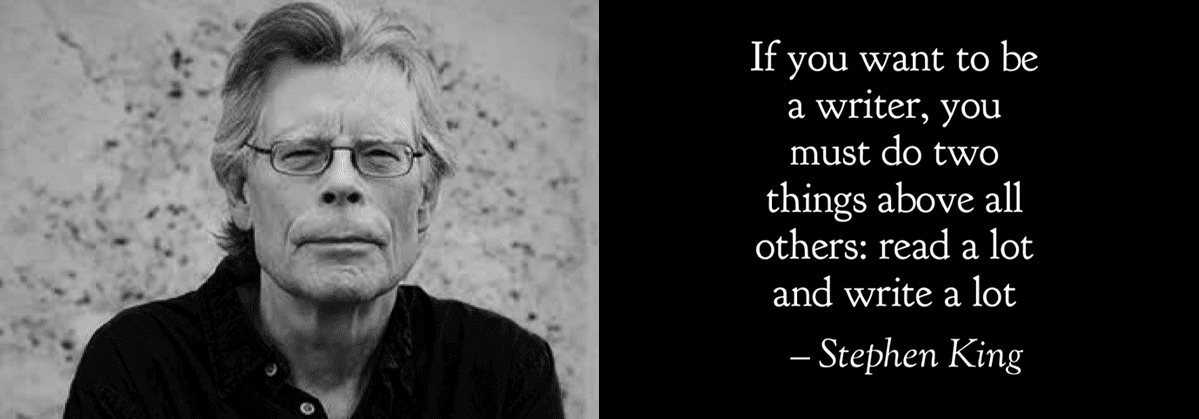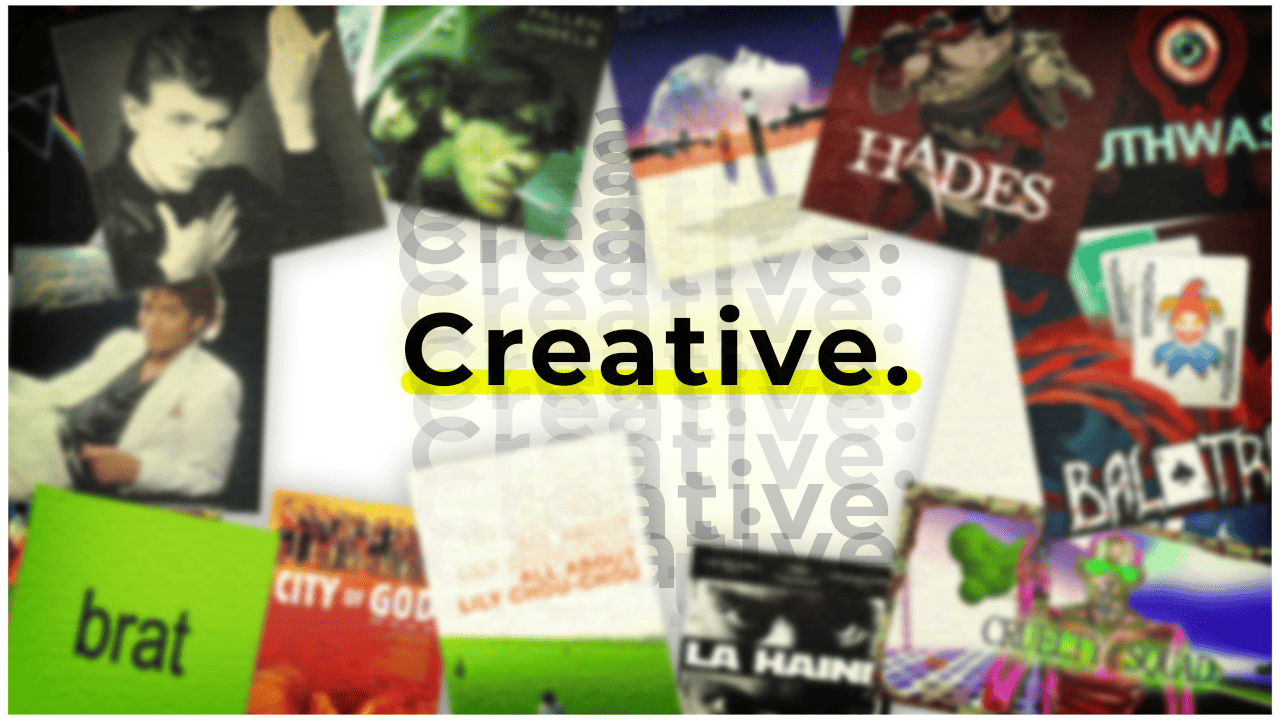What does it mean to be a creative person? — Just making stuff? Do creative things? But what IS those creative things?
In this post, I’ll share my personal thoughts on how YOU, as an artist, can refine and develop your lifestyle to maintain that artistic drive. These tips may seem basic, but the truth is, mastering the basics is all you need. From there, it’s up to you to refine your workflow to suit your personal preferences.
1. Create

The word “creative” stems from “create,” so the most crucial part of being creative is to create something consistently. If you’re a painter, paint. If you’re a game developer, develop games. If you’re a sculptor, sculpt.
This sounds obvious, but it’s easy to procrastinate, making excuses instead of engaging with your craft. Of course, life requires balance—rest, recreation, hobbies—but you MUST set aside a consistent schedule for creating. It doesn’t have to be intense or time-consuming.
Personally, I dedicate 18 hours a week to game development. This includes everything: making the game, creating YouTube videos, and so on. On weekdays, I work for 2 hours daily, and on weekends, I double up with two 2-hour sessions.
That’s my schedule. Yours might look different, and that’s okay! Whether you’re busier or freer than I am, the key is to time-block your creative efforts and stick to it. It’s not about how many hours you spend; it’s about showing up consistently.
2. Consume

Stephen King famously said in his book ‘On Writing’:
“If you want to be a writer, you must do two things above all others: read a lot and write a lot.”
This principle applies to every creative pursuit. We’ve already covered creating—now, let’s talk about consuming.

You can’t create great art without experiencing great art. A painter should study paintings that are considered masterpieces. A game developer should play groundbreaking games. A writer should devour incredible books. Exposure to excellence provides a benchmark for what’s possible.
But don’t stop at the good stuff. Study bad work, too. Learn what doesn’t work, understand why, and apply those lessons to your own craft. Dedicate time to consuming high-quality content as well as things that stretch your perspective. Bonus: this can also double as downtime!
3. Iterate
Does your creation have flaws? What are they? Why do they exist? How can you improve them? Apply your solutions, test them, and repeat as needed.

Iteration is problem-solving in action. But distractions—like insecurities, overthinking, or others’ opinions—can derail the process. So, before you dive in, take a moment to calm yourself. Let emotions settle. Rest. Return to your work with a fresh perspective.
For personal projects, your gut and critical thinking will guide iteration. But for projects intended for an audience, seek feedback. However, not all feedback is useful; some people offer quick-fix suggestions without considering the bigger picture. As the creator, you’re the gatekeeper. Treat feedback as input, but make the final call yourself.
4. Share

If you create solely for yourself, this step isn’t necessary. But if you’re making something for others, sharing is the final, exciting (and often nerve-wracking) step.
Publishing your work is a celebration of your effort. Promote it on social media, tell friends and family—make it BIG! This is your “The End,” your “Well Done.”
Once you share your work, much of what happens next is beyond your control. If your creation succeeds, celebrate! If it doesn’t, return to the iteration process: analyze why, learn from it, and grow. What matters most is the lessons you gain and the progress you make over time.
5. Find a Community

Creating in isolation can feel lonely. Seek out like-minded individuals—your people.
Don’t stay confined to your workspace. Attend offline events, participate in seminars, and join online communities. For game developers, I recommend offline festivals, game jams (offline ones are better), and active online groups where you can connect, get feedback, and collaborate.
Quality beats quantity in networking. Focus on building meaningful connections in 2–3 communities where you feel comfortable. Strong bonds often lead to incredible opportunities.
Final Words
Those are my tips for maintaining your creative spark. I hope they serve as a reminder of what’s truly important.
And remember! Above all else: trust and enjoy the process.
It’s the process—not the outcome—that defines your journey. A solid process often leads to great results, but more importantly, it seeks growth and fulfillment along the way.
Keep creating, keep consuming, keep iterating, and enjoy the process — That’s what I think it means to be creative.

